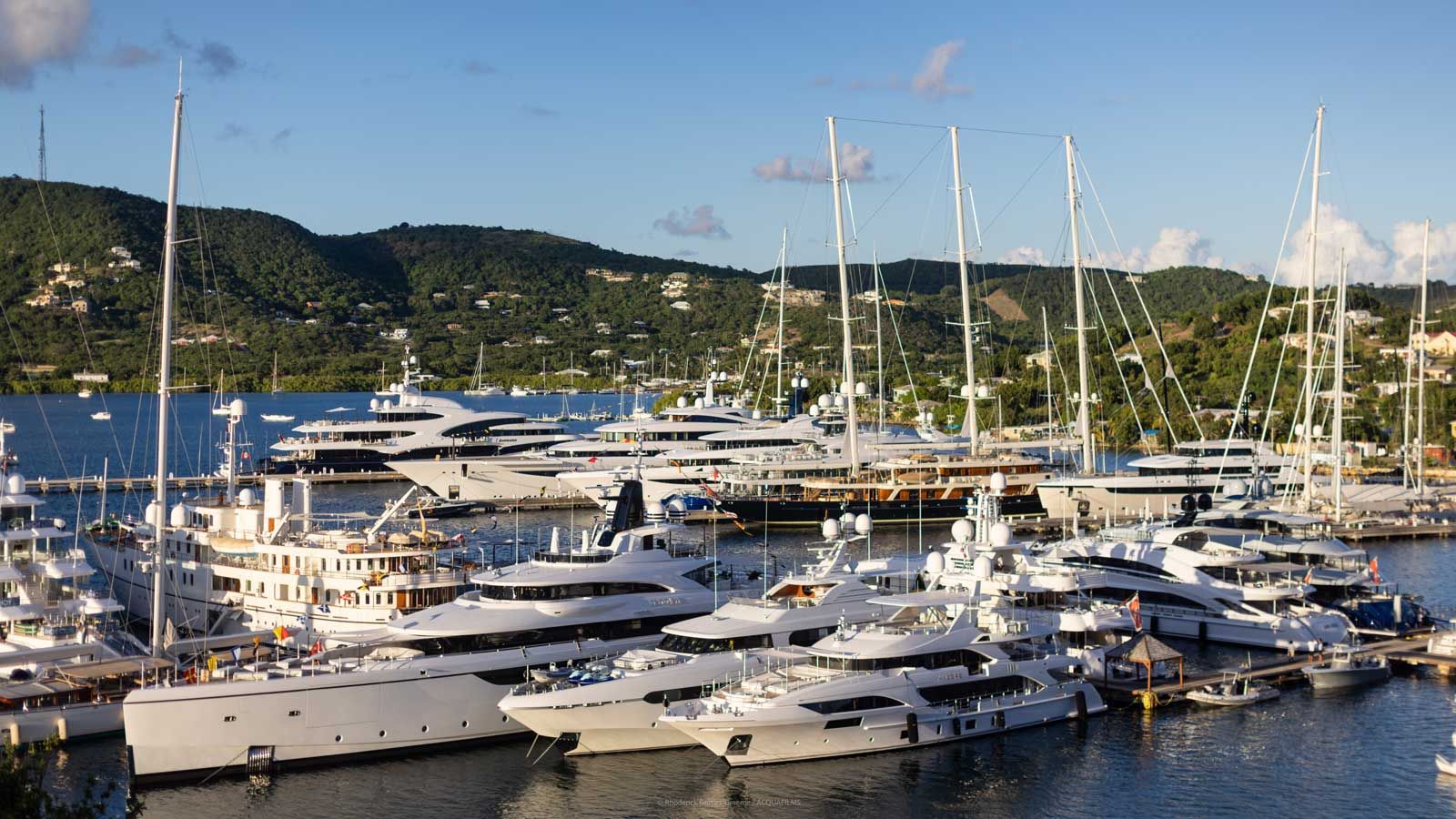Nigeria's stunning new Museum of West African Art (Mowaa) has found itself in the crosshairs of local power politics on the week it was supposed to - but failed - to open its doors to the public for the first time.
The six-hectare (15-acre) campus sits in the heart of Benin City, capital of the southern state of Edo - and includes an archaeological dig and buildings designed by high-profile British-Ghanaian architect Sir David Adjaye, best known for the National Museum of African American History and Culture that opened in Washington in 2016.
It has been five years in the making - and is envisioned to celebrate both the past and the present of creativity in the region famous for the Benin Bronzes, artworks looted from the city's royal palace by British soldiers in the 19th Century.
Inside conservators carefully unwrapped artworks from protective packaging, inspecting each piece and taking meticulous records before positioning them on walls and plinths.
But now the local government has pulled the rug from under it - revoking the use of the land on which the museum was built.
An Edo state spokesperson told the BBC this was because in the original paperwork, it had called itself Edo Museum of West African Art - and it had since dropped Edo from its name.
This announcement followed protests on Sunday, when people stormed the campus demanding it be called the Benin Royal Museum.
President Bola Tinubu has even stepped in to try and resolve the tensions, setting up a high-level committee to do some damage control.
Much of it comes down to internecine rivalries at a local state level, as it was Edo's previous governor, Godwin Obaseki, who was a major backer of the museum.
This brings into focus the contentious issue of the Benin Bronzes, one of Africa's most celebrated cultural treasures.
Because even if the museum does eventually open, these bronzes will be conspicuously absent. They are brass, ivory, and wooden sculptures that once adorned the royal palace of the Benin Kingdom before British soldiers looted them in 1897 during a punitive expedition.
Today, thousands remain scattered across museums in Europe and North America, including the British Museum. Their return has become one of the most contested debates in the global art world.
The project has been the brainchild of businessman Phillip Ihenacho, now Mowaa's executive director, who aims to make Benin City a cultural destination, contributing significantly to the local economy.
However, the museum is caught in a delicate position regarding restitution while emphasizing its vision to support contemporary creativity.
This politically charged atmosphere has overshadowed the museum’s ambition to create a vibrant cultural ecosystem and pose vital questions about the future of Africa’s cultural heritage.



















